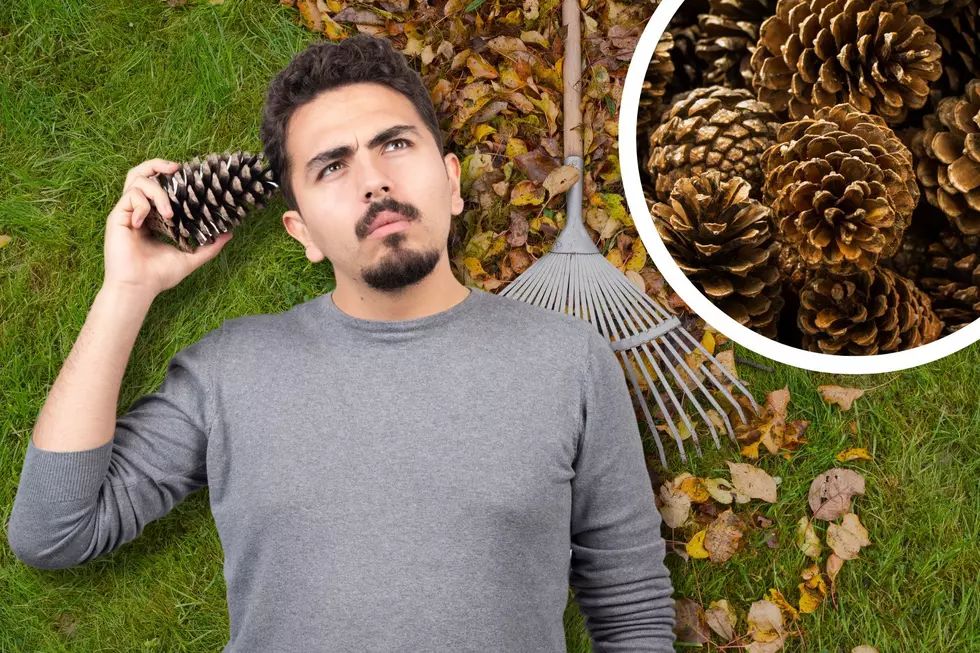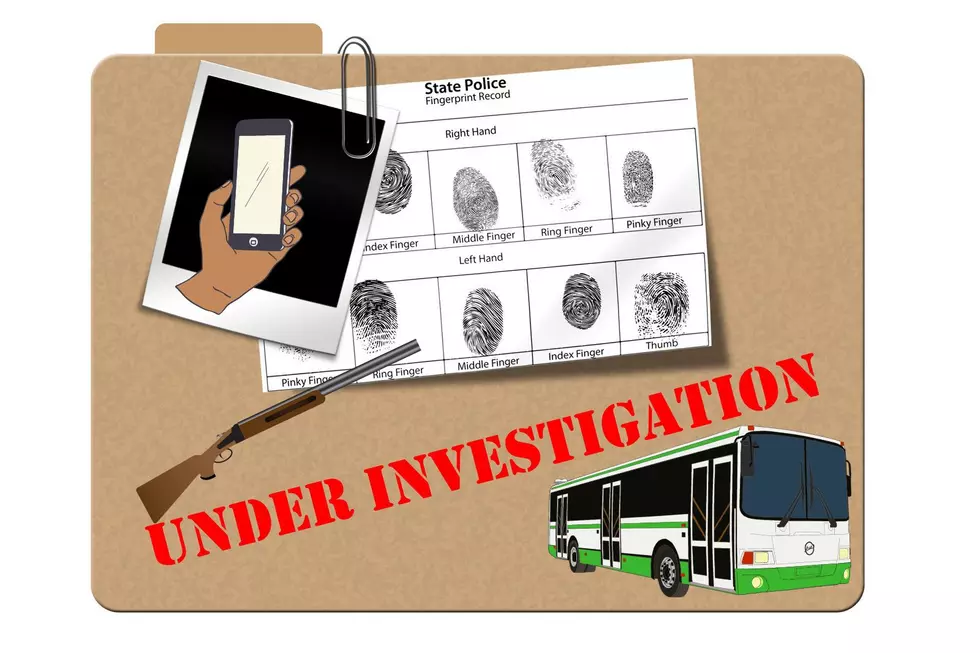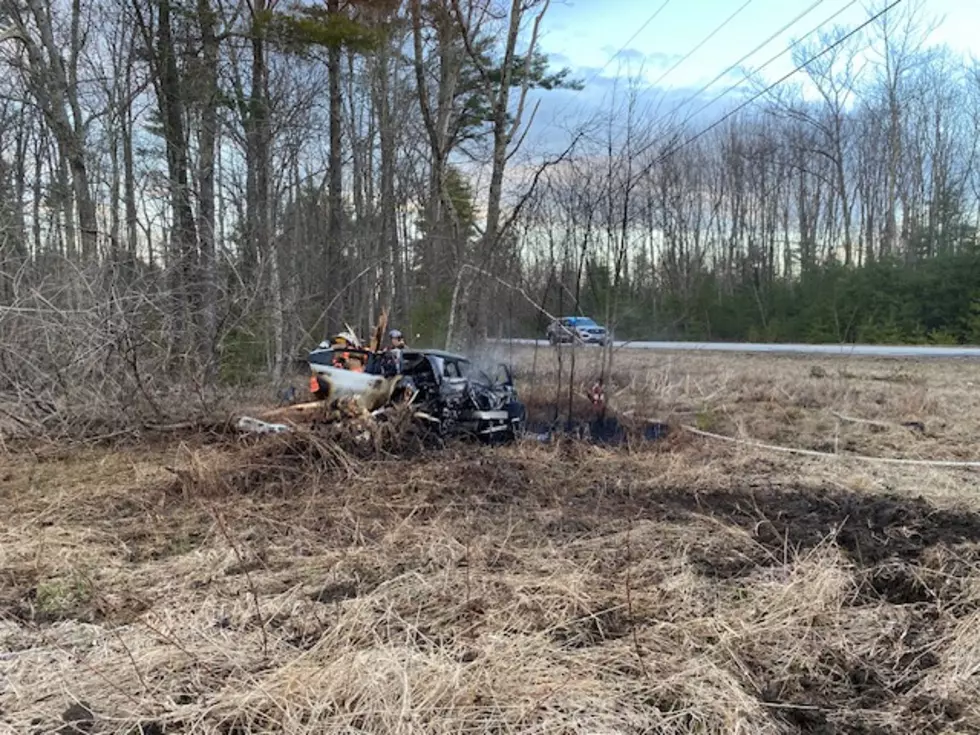
Rabies Vaccines Being Distributed in Western New Brunswick
The New Brunswick government is conducting wildlife rabies control measures in parts Charlotte, Carleton and York Counties this week.
Staff from the departments of Agriculture, Aquaculture and Fisheries and Energy and Resource Development began distributing oral rabies vaccine bait in western New Brunswick communities Monday, August 8.
Agriculture, Aquaculture and Fisheries Minister Rick Doucet says the state of Maine has reported several rabies cases along the border, so the province need to take steps to prevent the disease from crossing over to New Brunswick.
Since 2014, there have been 27 confirmed cases of raccoon-variant rabies in the province. Twenty-six of the cases occurred in Charlotte County, with the other case recorded in McAdam. Only one case has been confirmed thus far in 2016, occurring in February in Elmsville, Charlotte County.
Last year, an aerial and hand baiting program led to the distribution of more than 200,000 oral rabies vaccines in the Charlotte County area. This year, the number of vaccines has been increased to 500,000 to take in a larger geographical area, including the cities of Saint John and Fredericton, where baiting occurred last month.
The oral rabies vaccine is contained in a small capsule and vaccinates wildlife upon ingestion. The vaccine will be distributed mostly by air, but also by hand in some municipalities. The bait is not harmful to humans, domestic pets, livestock or the environment.
Doucet says the oral rabies vaccine program helps control the spread of rabies, but New Brunswickers should ontinue to take precautions to avoid coming into contact with the disease.
- Keep a safe distance from wildlife
- Teach children to respect wild and domestic animals, to avoid bites and scratches
- Ensure pets’ and domestic animals’ vaccinations are up to date
- Keep garbage and compost bins secure
- Avoid leaving pet food outside
- Refrain from relocating wildlife.
More information on rabies, including a surveillance map of confirmed cases, is available and the Agriculture, Aquaculture and Fisheries website.
More From









